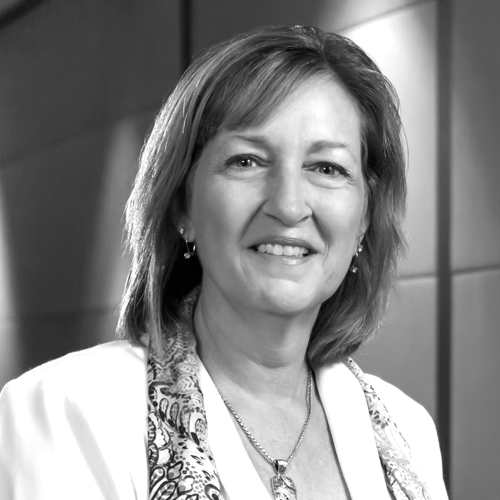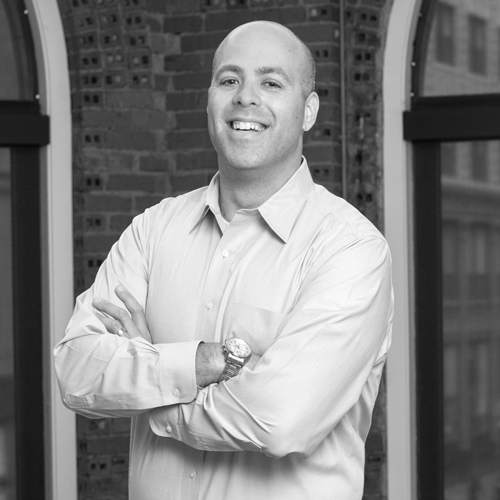
“Evolving” is one way to describe IT’s role in today’s healthcare industry. But Rod Dykehouse, chief information officer for Penn State Hershey Medical Center and Penn State College of Medicine, recalls that evolution was the farthest thing from IT’s position when he first started out in healthcare.
“When I first started working in the medical field, IT systems were mainframe applications and focused on the big things like billing and registration,” says Dykehouse, who began his career on the clinical-business side, graduating with a bachelor’s degree in biology from Kalamazoo College and earning his master’s in health-services administration from the University of Michigan. “They didn’t accommodate some of the idiosyncrasies of individual departments.”
Tasked with administrative responsibility for radiology, the pharmacy, the catheterization lab, and more, Dykehouse noticed where the system had inefficiencies. “If you don’t use and rotate your catheter inventory properly, you will waste thousands of dollars on outdated catheters,” Dykehouse says. “There are systems and tools that can help with that, but our IT department couldn’t handle that.”

A little push from leadership led Dykehouse to take his clinical knowledge into the information-technology side. He now holds more than 25 years of experience in IT management. For the last three years, he has taken on roles to ensure effective deployment, adoption, and support of information technologies across the entire clinical, academic, and research enterprise. Some of that time has been occupied by Penn State Hershey’s new data center. The facility, which is expected to open in April 2016, will be three times larger that the previous center and will house existing data from the university as well as new mergers and acquisitions, such as the newly acquired Penn State–St. Joseph’s partnership.
One of the guiding principles of the new data center, Dykehouse notes, is that it will never be a “barrier to the business,” unlike the “old and antiquated one.” The new facility is aiming to be more efficient all around. “If you have big data and you have to transport it long distances, that can be very expensive,” Dykehouse says. “By having it local and partnering with the university, we fully expect to be at the same level as outsourcing help.”
One of the driving forces behind the new facility is to integrate the genomic information with the electronic medical records. The goal is to provide genomic profiles on the majority of patients to support better therapies and treatments. Meanwhile, another focus is on reformatting the IT governance structure. Penn State Hershey is an academic medical center, and that means multiple varying missions.
“When you have education, research, clinical care, and community outreach, you need to evaluate and prioritize funding initiatives,” he says. “There are going to be different wants and desires, but we need to strategize on where these limited dollars go.”
“Clinical data is collected once, and we want to be able to reuse that data for teaching and research purposes.”
The new governance process uses advisory councils for each of its missions to allocate funds for the most important initiatives. “We’re becoming business partners, not just managers of technology,” Dykehouse says.
The number one priority for Penn State Hershey is to deliver value to the business; so while the governance process is relatively new, it is one of Penn State Hershey’s biggest accomplishments in Dykehouse’s time there. He credits his previous work experience for being able to figure out what the varying wants and needs are from each constituency. At UCLA, for instance, he oversaw IT for the university’s medical centers, faculty practice group, and school of medicine, including IT support for research initiatives.
Presently, Dykehouse is trying to integrate the use of IT beyond its current function at Penn State Hershey to maximize the data it currently has and turn it into useful information for the future. “There is a lot of money spent on IT, but we are looking to provide data and system optimization,” he says. “Clinical data is collected once, and we want to be able to reuse that data for teaching and research purposes.”
With a larger volume of genomic information also comes larger demands from the data system, but Dykehouse says it is a necessity to stay abreast with the changing healthcare landscape. “We are directly partnering with human resources on performance-evaluation rules and customer-
service tips,” he says. “It’s going to be a new and different world for us.”
Although there is uncertainty of what is coming next, Dykehouse knows that now is the time to redefine, refine, and restructure IT functions in healthcare.
Photo by Darrell E. Peterson

